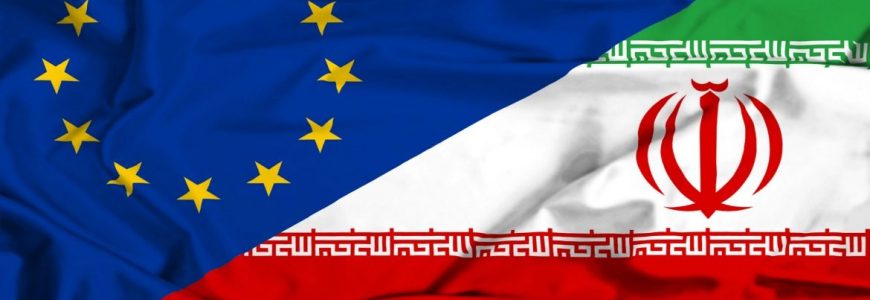
Following President Trump’s announcement of a U.S. withdrawal from the 2015 international nuclear agreement with Iran, the United States is set to pursue a “maximum pressure” campaign against Tehran whereby it reintroduces stringent economic and financial sanctions.
From the Iranian perspective, the return of U.S. sanctions means a lost opportunity for growth and international engagement, but not an impending economic catastrophe. From a European perspective, sustaining economic exchange with Iran is not about advancing economic gains but rather about consolidating an agreement which is driven by pragmatic security concerns. The shared elements are clear—Iranian and European policymakers alike are principally motivated by a need to salvage the JCPOA and thereby protect their economic sovereignty and autonomy in international relations.
To support these ends, the latest ELN policy brief by Esfandyar Batmanghelidj and Axel Hellman presents a vision of a new banking architecture that could be at the heart of Europe’s package to protect Europe-Iran economic ties. This banking architecture should be designed not to evade US sanctions, but to ensure that those companies that can operate in compliance with U.S. secondary sanctions have access to the necessary banking services.
The design of this architecture should be presented to Tehran not as a “turnkey” initiative that can simply be switched on, but rather as a part of a comprehensive “roadmap” for joint European and Iranian implementation, in pursuit of expanded economic relations.

